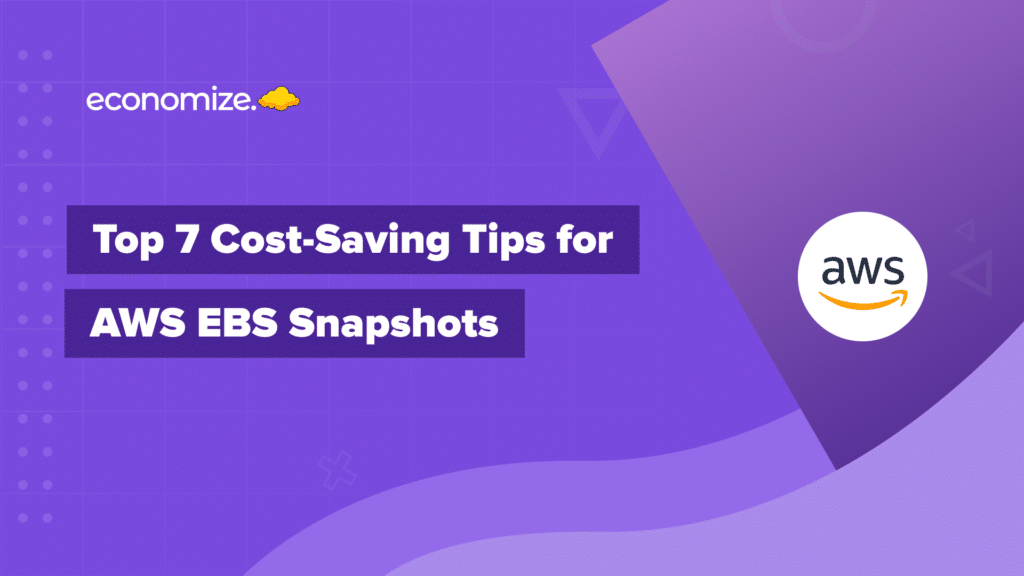What is FinOps?
FinOps is a blend of “Finance” and “DevOps,” which signifies the collaboration between finance and engineering. FinOps is a practice in organizations where business, finance, and engineering team work together to extend visibility and optimize costs, driven by data. Not to be confused with Financial Operations, a larger domain of financial management and accounting.
When an organization’s need in cloud resources increases spending increases, it’s directly proportional. Thus it’s challenging to predetermine an organization’s spending on the cloud; that’s why FinOps has developed. FinOps is a concept of optimizing total cloud value through properly managing cloud costs. The IT and finance teams work on data-driven spending decisions, achieving financial accountability and maximizing business value.
FinOps lifecycle phases
The FinOps cycle rotates around three phases – inform, optimize and operate. According to the business unit and applications, an organization may simultaneously be in multiple phases of the cycle.

Inform Phase
The first phase of the FinOps lifecycle is about empowering business organizations with better visibility, allocation, benchmarking, budgeting, and forecasting. Proper, time-accurate visibility of the cloud is necessary to make intelligent decisions due to customized pricing, discounts, and the on-demand and elastic nature of the cloud.
Relevant tags, accounts, and business mappings make it possible to deliver proper chargeback and show back. Thus it is crucial to allocate precise cloud spending to them. It is also essential for businesses and stakeholders to secure adequate returns on investment without exceeding the organization’s budget while also correctly forecasting the spending and avoiding errors.
A team’s productivity can be optimized through accurate features of benchmarking. Conducting a maturity assessment by measuring the effectiveness rate of your FinOps Domains and Capabilities is a great way to get started.
Optimize
In the FinOps lifecycle, the inform phase is followed by the optimize phase. After the businesses are empowered, the next step is to optimize their cloud footprint. For that, cloud service providers provide several resources, including on-demand capacity.
Since it can be expensive, cloud service providers offer discounts that ensure advance reservation planning and increased commitment. However, carrying out these reservations is a complex task that involves high-end calculation. Along with that, businesses can practice environment-conscious optimization through right sizing and automating the reduction of any wasteful use of resources.
Another upcoming concept, Augmented FinOps automates financial governance, budgeting, and cost optimization through AI and ML practices.
Operate
For every business organization, it is essential to analyze business goals and the steps taken to achieve them. These objectives are tracked based on speed, quality, and cost. A FinOps culture of cloud cost center of excellence for business, financial and operational stakeholders is essential for an organization’s success.
Conclusion
Cloud is continuously growing in demand; hence, the features and facilities revolving around the cloud are also constantly developing. FinOps is a cultural cloud framework that allows businesses to have a stable structure of cloud spending. The three phases of FinOps have been thoroughly developed to assist accurate governance and parameters for efficient cloud usage, ensuring innovation, speed, and control.
The 6 FinOps Principles are also designed to provide a guiding framework that helps organizations align their cloud cost optimization efforts into a culture of financial accountability.
FinOps can be challenging to adapt initially, but it ensures cost visibility that empowers accountability on spending, increases an organization’s cost transparency, and leads to better allocation of cloud infrastructure costs.








